What is Diabetes? | Physiology | Biology | FuseSchool What does diabetes mean to you? Something to do with sugar right? Would you be shocked if I told you that every 6 seconds someone dies from diabetes? One in 11 adults worldwide has diabetes, with 1 in 2 not being diagnosed. So it is important that we all know what it is, how it can be detected and how we can control it. Diabetes is a condition where the levels of blood glucose are too high, because the body cannot use it properly. This could be because the pancreas doesn’t produce enough, or any, insulin, or the insulin is not working properly. Insulin helps glucose leave our blood and enter into our bodies cells. Let’s have a look at this process in a little more detail. Your body digests carbohydrates, breaking it down into glucose. Your liver also produces glucose. Insulin is a hormone produced by the pancreas that allows glucose to enter into our body’s cells. Here it is used to provide energy to undergo our normal life processes, like growth and repair. If you have diabetes, your body cannot make proper use of this glucose and so it builds up in the blood and cannot be used by cells. There are two main types of diabetes: type 1 and type 2. Type 1 is when there is no insulin at all, whereas type 2 is when there is insulin present but either there isn’t enough or it isn’t working properly. Type 1 diabetes is an autoimmune response, where the body destroys its own insulin-making cells. This type has nothing to do with diet or lifestyle, and currently there is no cure – just daily treatment on insulin injections or pumps. The symptoms of type 1 diabetes are thirst, needing to regularly pass urine, tiredness and weight loss, and can occur very suddenly. Without any insulin, the glucose cannot enter the cells so the cells cannot use it for energy. Therefore, the body has to break down fats to use that for energy instead, and hence weight loss. Whilst type 1 diabetes can appear at any age, it usually appears before the age of 40 and type 1 accounts for most cases of childhood diabetes. Type 2 diabetes usually appears in people over the age of 40, but it is becoming more common in children and younger people. It accounts for between 85 and 95 percent of all diabetes and is treated with a healthy diet and regular exercise. Medication and / or insulin are also often used. Where the development of type 1 diabetes is often sudden and dramatic, the symptoms for type 2 are much more mild, making it harder to detect. There are some key risk factors associated with type 2 diabetes. Due to the risk factors, you may not be surprised to hear that lifestyle changes can help prevent the development of type 2 diabetes by achieving a healthy body weight. 30 minutes of exercise a day can reduce your risks of developing type 2 diabetes by 40%. So now you should know the differences between type 1 and type 2 diabetes, and that by maintaining a healthy lifestyle you can reduce your risk of getting type 2 diabetes. SUBSCRIBE to the FuseSchool YouTube channel for many more educational videos. Our teachers and animators come together to make fun & easy-to-understand videos in Chemistry, Biology, Physics, Maths & ICT. VISIT us at www.fuseschool.org, where all of our videos are carefully organised into topics and specific orders, and to see what else we have on offer. Comment, like and share with other learners. You can both ask and answer questions, and teachers will get back to you. These videos can be used in a flipped classroom model or as a revision aid. Find all of our Chemistry videos here: https://www.youtube.com/playlist?list=PLW0gavSzhMlReKGMVfUt6YuNQsO0bqSMV Find all of our Biology videos here: https://www.youtube.com/playlist?list=PLW0gavSzhMlQYSpKryVcEr3ERup5SxHl0 Find all of our Physics videos here: https://www.youtube.com/playlist?list=PLW0gavSzhMlTWm6Sr5uN2Uv5TXHiZUq8b Find all of our Maths videos here: https://www.youtube.com/playlist?list=PLW0gavSzhMlTKBNbHH5u1SNnsrOaacKLu Instagram: https://www.instagram.com/fuseschool/ Facebook: https://www.facebook.com/fuseschool/ Twitter: https://twitter.com/fuseSchool Access a deeper Learning Experience in the FuseSchool platform and app: www.fuseschool.org Follow us: http://www.youtube.com/fuseschool Befriend us: http://www.facebook.com/fuseschool This is an Open Educational Resource. If you would like to use the video, please contact us: [email protected]
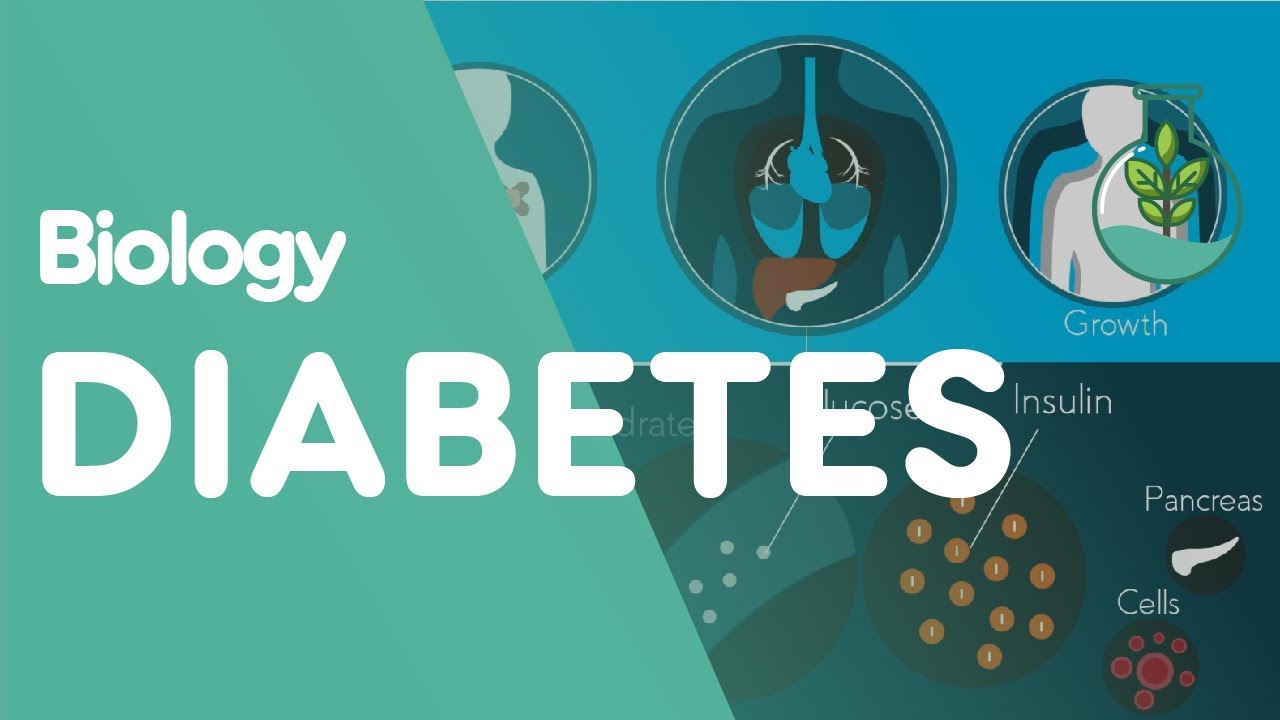
What is Diabetes? | Physiology | Biology | FuseSchool
- Post author:
- Post published:May 23, 2021
- Post category:Uncategorized
- Post comments:0 Comments
You Might Also Like
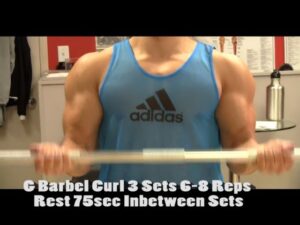
Human Body, Body Building Muscle Building Anatomy Physiology Video – 33

What’s happening in my uterus?!

How to Do a Seated Calf Raise | Female Bodybuilding

What does pantoprazole mean?
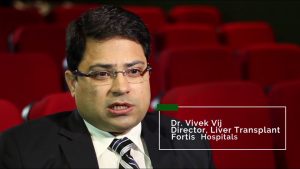
What is Liver Transplant
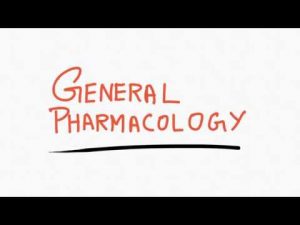
General Pharmacology lectures – 01 – Introduction

Enalapril
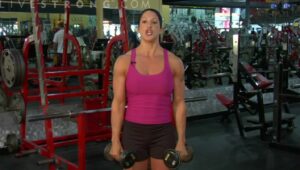
How to Do Side Dumbbell Lateral Raises

Antioxidant power of plant foods versus animal foods
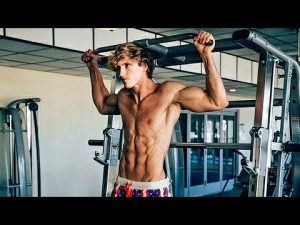
Logan Paul Workout (GYM COMPILATION)

Basic Training Exercises | Boot Camp
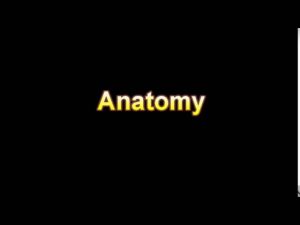
What Is The Definition Of Anatomy Medical Dictionary Free Online
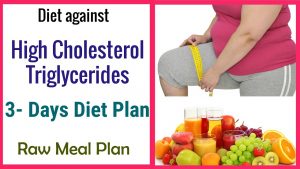
3 DAY DETOX DIET PLAN Lowers Bad Cholesterol and Triglycerides Levels Naturally Fast/RAW MEAL PLAN
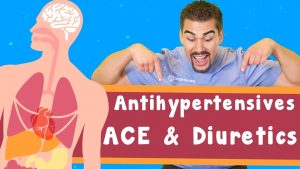
Antihypertensives: volume decreasing: ACE & Diuretics (VOLUME ONLY)
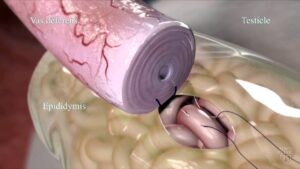
Sex Change Surgeries Video – 1

Omnivore vs. Vegan Nutrient Deficiencies

What Is Yoga Video – 6

Lying Triceps Extension-2

How To Get A Body Like A Boxer
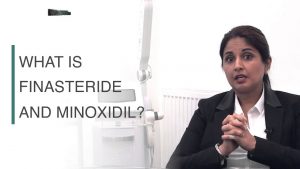
What is Finasteride and Minoxidil? – Hair Loss for Women
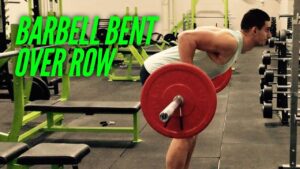
Latissimus Dorsi Bent Over Row-8

Aerobic Running Drill JMcN View 1
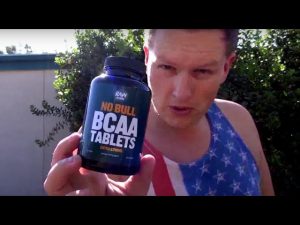
No Bull BCAA Tablets by Raw Barrel Supplements (Best BCAA Tablets/Pills?)
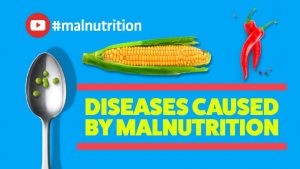
Diseases Caused by Malnutrition – SCURVY, RICKETS, BERIBERI, PELLAGRA
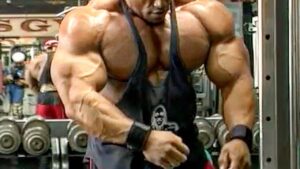
Bodybuilding Video – 1

Lateral Raises with Dumbbells for Women – Shoulder Exercises

Back Exercises: How to do the “Seated Row”

Say Goodbye Cholesterol With This 8 Foods That Lower Cholesterol

Jogging in place exercise

Breastfeeding and Common Breast Conditions – Obstetrics | Lecturio

About Your Heart Attack | Nucleus Health

Neurological Physiotherapy Video – 2

Video Sexually transmitted infections (STI’s)

How to Do the Overhead Shoulder Press | Arm Workout

Anabolic Steroids – History, Definition, Use & Abuse Video – 20

Hepatic & Liver Nutrition Video – 2

Top 10 Most Common Signs of Pregnancy

Sports Physiotherapy Video – 14

What to Eat Before and After Workout at Gym | bodybuilding tips

The Top 10 Best Foods to Eat While Breastfeeding

1. What is Muscular Strength and How to Improve It

